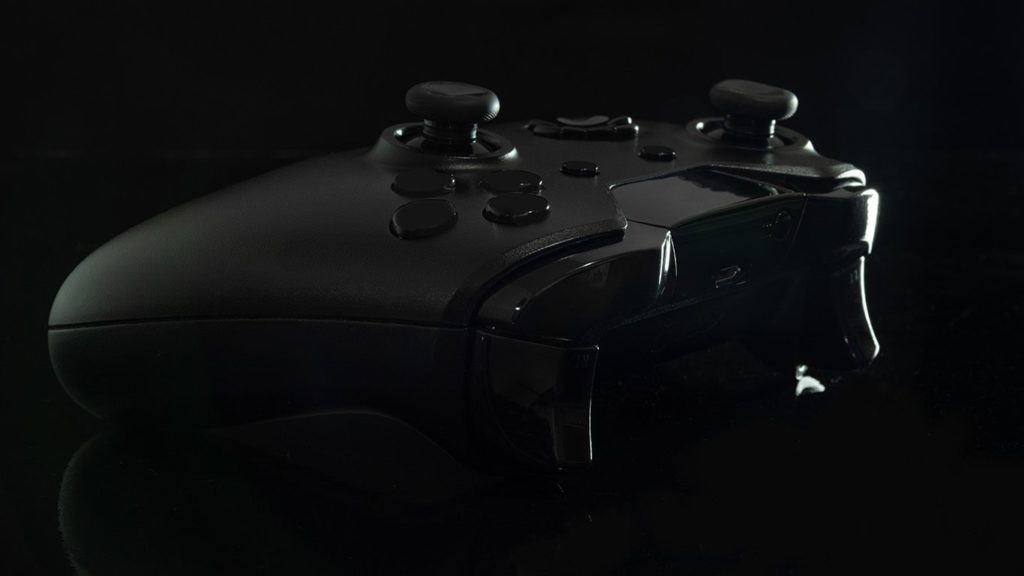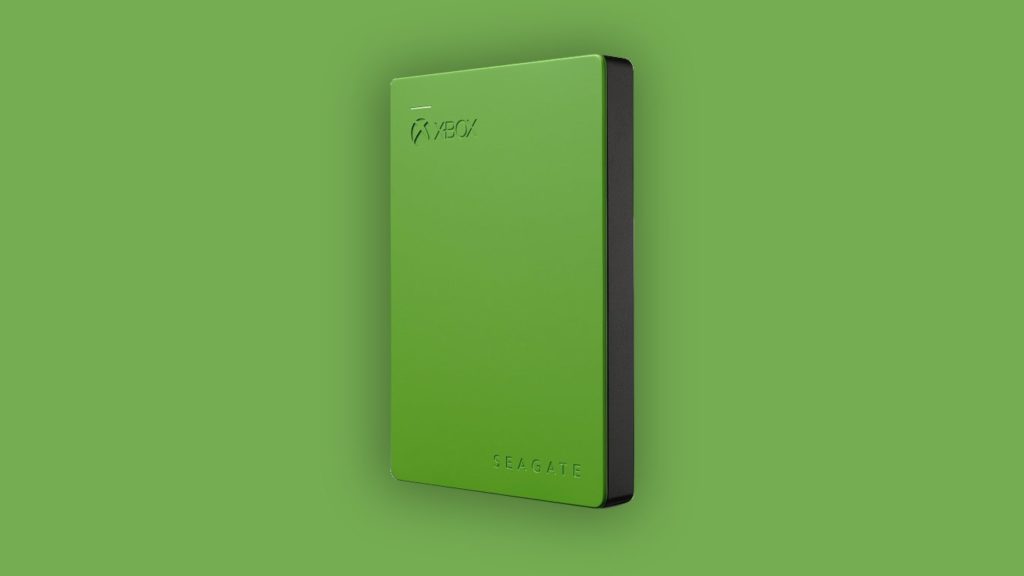
Xbox games can take upward of 50GB of storage space, and some even exceed the 100 GB mark, which is a problem for Xbox One internal storage, limited to either 512 GB or 1 TB. Even worse, approximately 1/5 of it is occupied by the operating system. To solve that problem, you need to get an external hard drive. Unfortunately, issues arise when it starts acting up or stops completely. Buying a new drive can be costly, and you’ll have to redownload and reinstall everything. Although you might have to do it nonetheless, we recommend you learn how to recover Xbox One external hard drive first.
How to check if Xbox One detects an external hard drive?
Do this to verify that Xbox One detects an external HDD:
- Press the Xbox button on your controller.
- Go to the Profile & system tab.
- Select Settings, then go to System.
- Choose the Storage option, and see if your external hard drive is listed.
1. Double-check the connection requirements
The data might be there, but your Xbox One doesn’t see the external drive. Make sure you tick all of these boxes:
- The external hard drive uses at least a USB 3.0 connection. If you connect it through a USB hub, it must support USB 3.0+ connectivity.
- The drive has a storage capacity of at least 128 GB.
- The drive is formatted correctly with at least one partition.
- No more than 3 storage devices are simultaneously connected to Xbox One.
2. Recover Xbox One external hard drive by clearing cache
Clearing cache also helps recover Xbox passkey, so follow the steps listed under method 4 in that article. Do it with an external drive connected, so that any cache stored there is wiped. Also, try different USB ports on the console. You can also power cycle the console by pressing and holding the Power button for about 10 seconds before turning the console on.
3. Configure instant-on power management
Power settings after the newest update are known to cause external hard drives not to start. Follow these instructions to set up power management on Xbox one:
- Press the Xbox power button on your controller.
- Under the Profile & system tab, go to Settings, then General.
- Select the Power mode & startup option.
- First, make sure Power mode is configured to Instant-on.
- Then, if the When Xbox is off, turn off storage is selected, unselect it, and vice versa.
- Restart your console. Verify whether the console now detects the external HDD.
4. Reset Xbox One to factory settings
If nothing has helped so far, the problem might be with the console hardware or software, and not the external HDD. First, decide whether to unplug your external HDD or keep it plugged, although it shouldn’t matter. Then, restore Xbox One to factory settings like this:
- Follow steps 1-3 as if you were checking for the external hard drive.
- Go to Console info, then select Reset console.
- On the Reset your console? screen select Reset and keep my games & apps.
- Wait for the process of resetting Xbox One to default settings to finish.
- After it boots back up, check whether Xbox One detects apps and games from your external HDD.
5. Recover Xbox One external hard drive by running a chkdsk scan
Contents of an external hard drive formatted for Xbox One don’t show up on Windows, since it uses a custom version of the NTFS filesystem. However, you can still use chkdsk, a Windows feature that can sort out corruption and drive errors. We explained the entire process in our “recover hidden files from pendrive“ guide. Follow the instructions under the How to fix a corrupted pen drive headline. Because the drive won’t be assigned a letter automatically, follow these steps:
- Open the Start menu.
- Type ‘disk management’ and select Create and format hard disk partitions to open Disk Management.
- You’ll see the Xbox One drive as “Unknown“ or “Unallocated“.
- Right-click on the drive, then select Initialize Disk.
- Choose GUID Partition Table (GPT).
- Now you can select a drive letter to use in the aforementioned guide.
- Reconnect your external HDD to your Xbox One to see if apps and games are accessible once again.
6. Use data recovery software
Xbox doesn’t immediately wipe the data from the storage space when you select the Delete/Erase button. Instead, the system slowly overwrites the files as you download new games or apps, or just use the console. So, provided you act quickly, data recovery software can scan the storage space, find fragments of deleted data, and put it back together. To begin, use the guide mentioned above. More specifically, follow the steps under the How to recover deleted files from a Pendrive headline. Download and utilize one of the three software, all three, or pick one from our “best data recovery software for external hard drive“ list.
How to Choose the Best External Hard Drive for Xbox One?

You want to buy an external hard drive for Xbox One after you damaged the current one, and you lost everything, right? Then you should think about these things:
1. Make sure it works with Xbox One
Your external hard drive needs to have a USB 3.0 connection, at least 128 GB of space, and a partition. If not, you can’t use it for games and apps, only for media.
2. Pick the speed and size you want
External hard drives have different speeds and sizes. Usually, the faster and bigger they are, the more they cost. You can go for a regular Hard Disk Drive (HDD) or a fancy Solid State Drive (SSD).
Even though HDDs give you more space for less money, SSDs are way faster and more reliable. The speed of an external hard drive also depends on how fast it spins. The faster it spins, the quicker it moves data. The Xbox One’s internal hard drive spins at 5400 RPM, so you can look for an external hard drive that’s as fast or faster than that.
3. See what others say about it
Before you buy an external hard drive for Xbox One, you should check out what other people think about it. You can read online reviews and ratings from trusted places, like Amazon, Best Buy, or Flipkart. You can also check the official Xbox website for a list of external hard drives that work with Xbox One. Look for comments on the quality, durability, performance, and compatibility of the external hard drive you like.
If you do these things, you can find the best external hard drive for Xbox One that fits your needs and budget.
